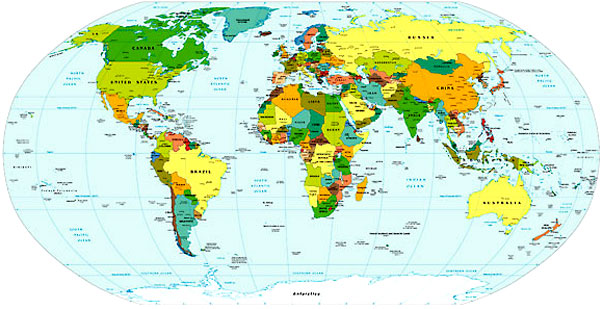 On 21 July Guam celebrated Liberation Day. Liberation? World War II, my readers. Guam was occupied by the Japanese between December 1941 and July 1944. Incidentally, alongside the economic boost provided by US military bases, tourism is another big industry—tourists mostly come from Japan. Guam is one of those Pacific islands. It’s beaches look very pretty. I would like to visit it too…
On 21 July Guam celebrated Liberation Day. Liberation? World War II, my readers. Guam was occupied by the Japanese between December 1941 and July 1944. Incidentally, alongside the economic boost provided by US military bases, tourism is another big industry—tourists mostly come from Japan. Guam is one of those Pacific islands. It’s beaches look very pretty. I would like to visit it too…Now I know you all suspect that, despite my interest in national identities, national histories and national literatures, I am really quite shallow. It was on your mind, right? So, to prove you right, I first became aware of Guam when I watched (many, many times) the movie Girls Just Want to Have Fun. The opening scene? A very young Sarah Jessica Parker on her first day at her new Catholic girls’ school. Explaining that her father is in the army, so she’s moved around a lot. “Eleven different schools—but the uniforms always the same. Even on Guam.”
So the island has been inhabited for about 4000 years—the earliest arrivals were the Chamorros. (It’s thought they came from Indonesia.) As I’m reading and writing I’m finding out that what’s known about the Chamorros comes, aside from the usual archaeological evidence, largely from folklore, observations from visiting scientists, and the accounts of Jesuit missionaries. I’m always strangely pleased when the Jezzies get involved—and far too irreverent. Apologies.
Hey! There are Latte Stones on Guam. Look them up. They kind of rock.
Oh! Someone introduced the cane toad to the island. That is really not a good move, based on the Australian experience of the critters. (My brothers used to find really big ones and put them on my head and shoulders when I was two or three. Trauma.)
 And then, say hello to Ferdinand Magellan, who visited in 1521 while circling the globe. Forty years later the Spanish claimed the island and began to colonize, making the island part of the Spanish East Indies, and governed from the Philippines.
And then, say hello to Ferdinand Magellan, who visited in 1521 while circling the globe. Forty years later the Spanish claimed the island and began to colonize, making the island part of the Spanish East Indies, and governed from the Philippines. Then the United States came along in 1898 with the Spanish-American War. After taking control of the island, Guam became a station for ships going to and from the Philippines. In 1950 Guam was established as an organized territory of the US, and the people became US citizens.
And a poem? I’ve got one for you… “Poakeiiukala” by Emelihter Kihlend. I found it online here.
Poakeiiukala
although given as gift
it never really belonged to you
hand-carved, dark brown wood
with sharp teeth, ready
even a curve in the body
propelling it forward for attack
it swam here in the suitcase
all the way from Porakied
nearly drowning in your cold room in Pauoa Valley
but it found me and now it breathes
— Emelihter Kihleng
Poakeiiukala – To feel sorry for; pity. Poake means shark. A section of Kolonia, Pohnpei where people from Kapingamarangi atoll live. The Kapinga people make and sell beautiful handicrafts in Porakied.


No comments:
Post a Comment